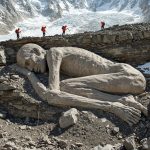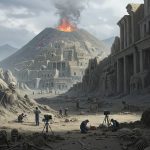SACRED SECRETS: THE TEMPLE OF THE CONDOR AT MACHU PICCHU—Fascinating Structure or Interdimensional Portal
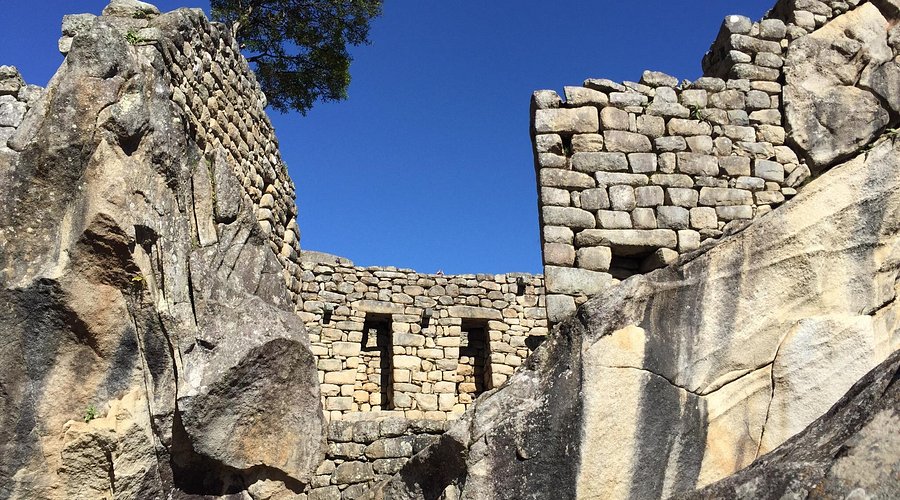
SACRED SECRETS: The Temple of the Condor at Machu Picchu—Fascinating Structure or Interdimensional Portal?
The Temple of the Condor is one of the most enigmatic and mesmerizing architectural feats within the lost city of Machu Picchu. Carved seamlessly into a natural rock outcropping on the site’s eastern edge, the structure is a masterpiece of Inca masonry, forming the outstretched wings of a colossal, stylized condor, with the bird’s head and beak meticulously carved into the floor of the enclosure. This fascinating precision highlights the Inca’s profound reverence for the Andean Condor, a bird they believed was the messenger between the three realms: the earth, the heavens, and the underworld. While archaeologists confirm its use for ritual ceremonies and possibly as a prison, the site’s intense spiritual energy leads many visitors and theorists to ponder a far more mystical purpose.
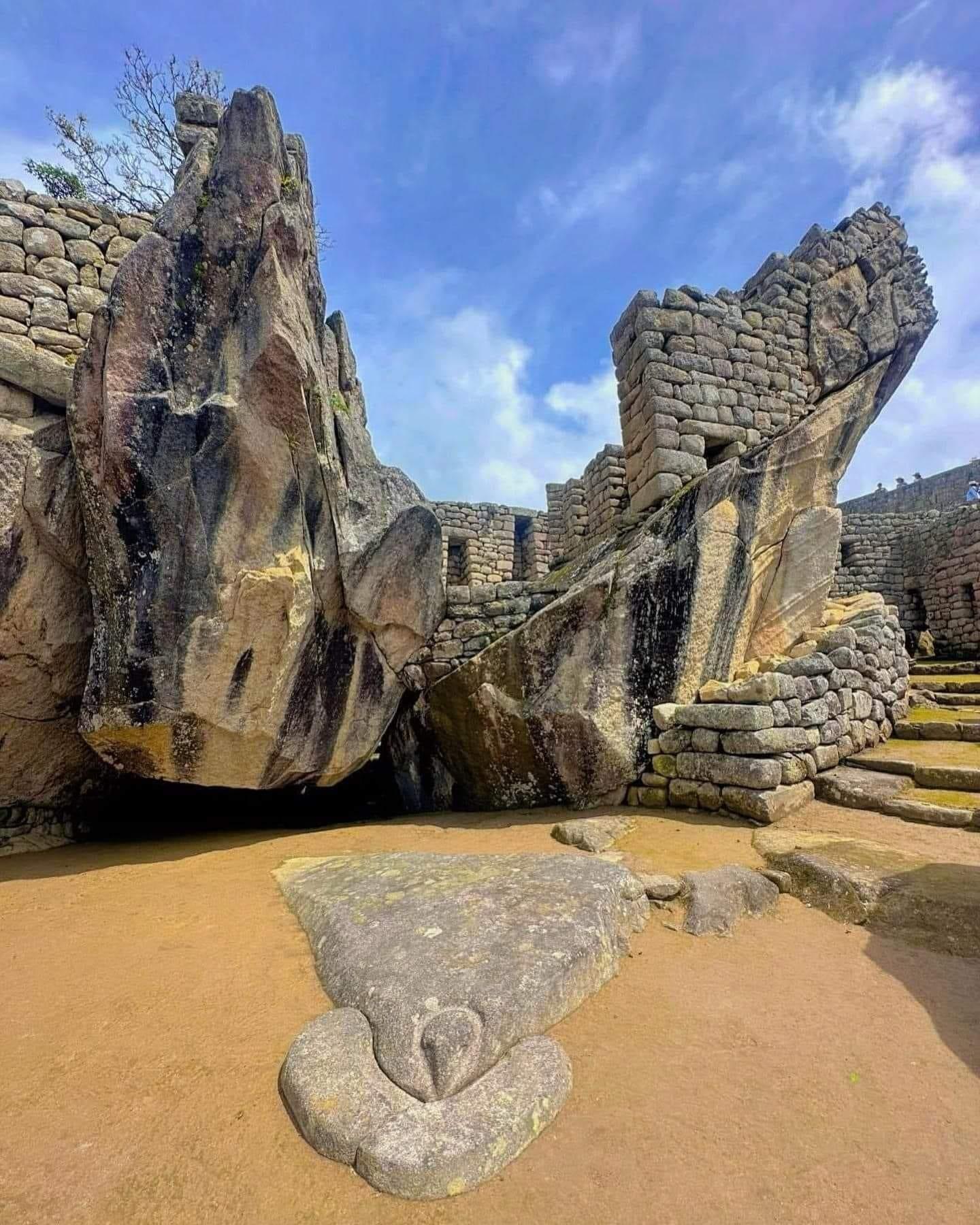
The Interdimensional Theory: More Than Just a Temple?
The theory that the Temple of the Condor could be an interdimensional portal is fueled by the site’s unique geological and celestial alignments. The temple is built directly over a natural fault line and faces specific cardinal directions that correspond with astronomical events significant to the Inca calendar. Proponents of this theory point to the meticulous stone carving as a “control panel” or gateway, suggesting the Inca possessed advanced cosmological knowledge that allowed them to interact with other realities or entities. While mainstream experts dismiss these claims as pseudoscience, focusing instead on the temple’s verifiable role in Inca cosmology and architecture, the location itself—tucked into a sacred mountain valley—retains an undeniable, otherworldly atmosphere that continues to inspire speculative thought and debate.
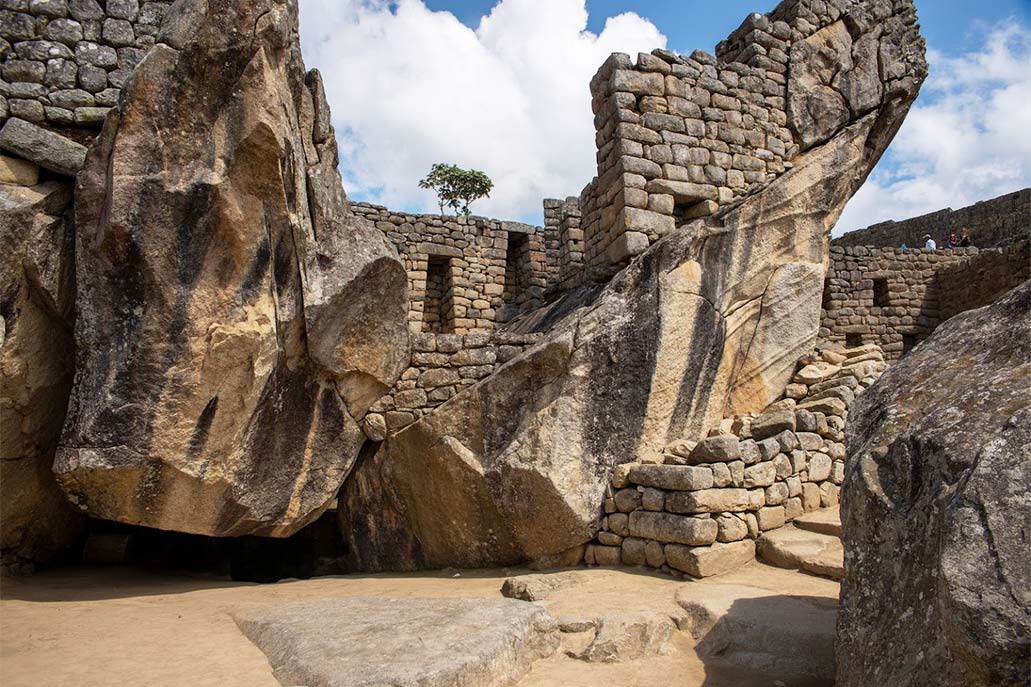
Architectural Genius and Spiritual Significance
Regardless of speculative theories, the Temple of the Condor is an undisputed marvel of Inca engineering. The careful carving of the rock creates a perfect illusion of flight, transforming the rugged natural landscape into a dynamic piece of sculpture. Below the rock ‘wings’ lies a small underground cavern, which some scholars believe served as a mortuary or a dark chamber for rituals involving offerings. This design demonstrates the Inca genius for integrating their structures with the natural environment, blending the human-made with the spiritual power of the mountains. Ultimately, whether one views it as a simple structure for worship or a gateway to the unknown, the Temple of the Condor at Machu Picchu powerfully symbolizes the spiritual and architectural mastery of one of history’s greatest civilizations.



